General Info
This deciduous shrub or Tree is up to 6m high with tangled, down curving multi-stems. Light grey bark becomes slightly rough. The simple, entire Leaves lack stipules and petioles may reach 2cm long. Attractive, sweet scented, 5-merous, blue lilac or lavender, bisexual and regular Flowers are in cymes. Both stamens and the 2-branched styles are exserted. Fruit is an edible drupe with 4 small seeds.
Description
Ehretia rigida
Previous Names: Capraria rigida (named by Thunberg), Ehretia zeyheriana, Ehretia hottentotica (named by Burchell), Freylinia rigida, and Pittosporum commutatum.
SA Tree No. 657.
Common names: (Afr) Bergwitboom, Deurmekaarbos, Draaibos, Kraalbos, Stamperhout. (Eng) Cape Lilac, Hottentot’s Lilac, Kraaldog, Puzzle Bush, Stamper-wood. (isiNdebele) Umthele. (isiXhosa) Umbotshani, Umhleli. (isiZulu) Ilalanyathi, Umcele, Umgxele, Umkele, Umklele, Ungxele. (Northern Sotho) Morobe. (Setswana) Mokgalo, Mokhalo, Morobe, Morobo, Sekgalo. (siSwati) Mponwani, Muhambe, Um-xele. (Tshivenda) Mutepe.
Family: Boraginaceae (Borage/Forget-me not family). There are about 140 genera and 2 000+ species in this family. In South Africa, there are 2 genera that contain trees. They are Cordia and Ehretia. Leaves are alternate or a combination of alternate and opposite, and usually entire (with a continuous margin, not in any way indented). Stipules are absent. Flowers are regular – most are bisexual, 5-merous and develop in cymes that may be coiled like scorpion tails. The usually 5 Stamens alternate with the petals and have anthers with 2 pollen sacs that dehisce through longitudinal slits. The Style is attached to the base of the superior Ovary. The Fruit may be a schizocarp (a dry, dehiscent fruit that splits into 2 one-seeded portions called mericarps at maturity) or a drupe (a fleshy, 1-seeded indehiscent fruit with the seed enclosed in a stony endocarp; stone fruit e.g., peach).
Name derivation: Ehretia named by Linnaeus after the German: Georg Ehret – a botanical artist (1708-1770). By 1750 he was the then leading botanical artist in Europe. rigida – rigid referring to the appearance of whole tree. Subsp. include nervifolia (Free State, Gauteng, KwaZulu-Natal, Limpopo, Mpumalanga, North West), rigida (Endemic in SA: Eastern Cape, Northern Cape, Western Cape), and silvatica (Endemic in SA: Eastern Cape and KwaZulu-Natal).
Conservation: National Status: L C. (Least Concern). Assessment Date: 2005. (W. Fodden and L Potter).
Tree
This widely rigid and untidy Tree may reach 12m but is usually from 2-6m high. It can be multi-stemmed shrub or a single tree with a tangled and intertwined growth habit (photo 206) – hence the names “Puzzle Bush” and “Deurmekaarbos.” In the forest, it may look more tree-like with an upward trunk and a small, tangled crown. The Stems (main axis of the plant; the leaf and flower bearing as distinguished from the root-bearing axis) are up to 13cm wide, fairly smooth and generally terete (circular in cross-section). The light, greyish Bark (photo 904) is fairly smooth, becoming rough with age. The rigid, hairless, strong, pliable and greyish Branches tend to arch and curve downwards (photo 206). Lichen (composite organism arising from a mutualistic relationship between fungi or cyanobacteria and algae species) may be present on the branches (photos 904 & 586). Branchlets (usually applied to branches of the current or preceding year) are long, sturdy and thin. The light grey or whitish branchlets have pale raised Lenticels (usually raised corky oval or elongated areas on the plant that allows the unrestricted interchange of gases with the environment).
- 206. 2014/10/07 Walter Sisulu NBG. Photo: David Becking.
- 904. 2014/03/25 Walter Sisulu NBG. Photo: David Becking.
- 586. 2014/03/06 Walter Sisulu NBG. Photo: David Becking.
Leaves
This deciduous tree has simple Leaves (have a single blade, which may have incisions that are not deep enough to divide the leaf into leaflets photo 919) that are either crowded at the ends of rigid spur-branchlets (photo 286) or spread out on long young branchlets. Leaves are almost circular, obovate and lanceolate to oblanceolate (broader at the apical third than at the middle and tapering towards the base). The variable sized leaves are usually up to 6 x 5cm. Bigger leaves usually occur on younger branches. The usually smooth leaves are papery to leathery and usually hairless. However, stiff hairs may be visible on the sometimes-scaly Blade, giving the leaves a rough feel. Veins are easiest to see when the leaf is viewed against a strong light (photo 602). Here the hairy margin is visible and the relatively long side veins link prior to reaching the margin. Hair-tuft Domatia are tiny chambers produced by plants that house arthropods. They may occur in the vein axils. To the naked eye, the domatia appear as small bumps. The Apex is broadly tapering to rounded (photo 919) or notched and may end in a point (photo 602). The Base tapers narrowly. Margins are entire (with a continuous margin, not in any way indented). When present, the Petiole (leaf stalk – photo 919) is up to 2cm long. Stipules (basal appendage of the petiole) are absent.
- 286. 2015/09/15 Walter Sisulu NBG. Photo: David Becking.
- 919. 2014/11/25 Walter Sisulu NBG. Photo: David Becking.
- 602. 2019/09/18 Walter Sisulu NBG. Photo: David Becking.
Flowers
The attractive blue, lilac or lavender (photo 225), sweet scented, 5-merous Flowers are bisexual and actinomorphic (Regular, symmetrical. They are vertically divisible into similar halves by more than 1 plane passing through the axis). They usually develop in Cymes (broad, more or less flat-topped, determinate flower clusters, with central flowers opening first – photo 225). These occur towards the ends of down bending branches (photos 226 & 221). Each flower is about 1,5cm long and 8mm wide. They may be close together and appear before the new leaves. The Buds are purple towards the apex (photo 225). The Disc (a more or less fleshy or elevated development of the receptacle) is an inverted cup shape with a V-shaped slit. The 5-lobed Calyx has a shallow tube, which is persistent and accrescent (increasing in size with age) enlarging with the fruit. It is hairy outside but glabrous (hairless) within. The Corolla tube (photo 579) ends in 5 lobes that are regularly arranged with overlapping edges. These Petal lobes are less than 1cm wide. The 5 exserted (projecting beyond) Stamens have Filaments that arise from the throat of the corolla tube and between its lobes (photo 579). The initially white to yellow (photo 225) Anthers dehisce through longitudinal slits and turn brown. They are oblong and centrally attached to the filaments (photo 579). The superior, 2-locular Ovary has a single Style that becomes relatively long and extends well beyond the petals (photo 225 & 537 under Fruit). The end splits into 2 branches (photo 225). Here each branch ends in a capitate (formed like a head) Stigma. (Jul-Dec+).
- 225. 2015/08/25. Walter Sisulu NBG. Photo: David Becking.
- 226. 2015/08/05 Walter Sisulu NBG. Photo: David Becking.
- 221. 2015/09/15 Walter Sisulu NBG. Photo: David Becking.
- 737. 2016/08/30 Walter Sisulu NBG. Photo: David Becking.
- 579R. 2017/10/24 Walter Sisulu NBG. Photo: David Becking.
Fruit
The small, edible, almost spherical Fruit is a Drupe (a fleshy, 1-seeded indehiscent fruit with the seed enclosed in a stony endocarp; stone fruit e.g., peach, mangoes cherries dates and even coconuts). Here each drupe has four 1-seeded stones with pyrenes (the small hard nut in a drupe). The fruit occurs in clusters, and each has a diameter up to 8mm. When the fruit is still green (photo 598 & 599), the relatively persistent, long and now reddish style is still visible. The drupe turns yellow, bright orange (photo 508) to red (photo 351) and finally blue-black when mature. At this stage, the styles are lost. The fruit has Seeds that are about 3mm long. (Oct-Jan).
- 598. 2015/09/22 Walter Sisulu NBG. Photo: David Becking.
- 599. 2015/09/22 Walter Sisulu NBG. Photo: David Becking.
- 508 2015/10/20 Walter Sisulu NBG. Photo: David Becking.
- 351. 2015/10/13 Walter Sisulu NBG. Photo: David Becking.
Distribution & Ecology
This widely growing tree is Common in bushveld thickets, in forest margins, wooded grasslands and is often associated with termite mounds. It is absent from the Western Cape and the drier Northern Cape. Otherwise, it is very widespread in South Africa, including KwaZulu-Natal, Mpumalanga, Limpopo, Free State, Gauteng e.g. southern Johannesburg and in the North West. It is also present in Lesotho, Namibia, Swaziland, Botswana Zimbabwe and southern Mozambique. This plant is a Southern African endemic (restricted to a particular geographic location). This plant may grow from close to the sea to about 1 950m. Flowers attract numerous insects including flies, wasps, bees and butterflies and these become the agents of pollination (photo 737 under Flowers). Monkeys and numerous birds consume the Fruit and aid seed dispersal. Buck including Kudu, impala and nyala browse the Leaves. The tree is often Parasitized by the red-berry mistletoe Viscum rotundifolium (photo 72) which is a wide ranging Southern African hemi-parasite (a plant which obtains or may obtain part of its food by parasitism). This mistletoe also photosynthesizes. It has orange-red fruit similar to the host fruit (photo 72).
- 72. 2017/03/28 Walter Sisulu NBG. Parasite. Photo: David Becking. Parasite.
Ethnobotany
The stout, long Stems are used to make assegai handles, gun stocks and wooden pestles. Thin long pliable Branches are used to make the framework of conical valved fishing baskets. Leaves are browsed by stock. The Fruit is edible in times of famine. The tree is used in local medicine and has magical uses. A decoction of the tree is used as a hunting charm. Burning green Twigs produce clouds of smoke and are thought by some to encourage rain. Propagation is from seeds or cuttings. Plant seedlings in full sun. Growth is relatively fast.
References
Boon, R. 2010. Pooley’s Trees of eastern South Africa. Flora and Fauna Publications Trust, Durban.
Burrows, J.E., Burrows, S.M., Lotter, M.C. & Schmidt, E. 2018. Trees and Shrubs Mozambique. Publishing Print Matters (Pty) Ltd. Noordhoek, Cape Town.
Coates Palgrave, M. 2002. Keith Coates Palgrave Trees of Southern Africa. edn 3. Struik, Cape Town.
Foden, W. & Potter, L. 2005. Ehretia rigida (Thunb.) Druce subsp. nervifolia Retief & A.E.van Wyk. National Assessment: Red List of South African Plants version 2020.1. Accessed on 2022/01/14.
Lawrence, G. H. M, 1951. Taxonomy of Vascular Plants. The Macmillan Company, New York. Tenth Printing 1965.
Palmer, E. & Pitman, N. 1972. Trees of southern Africa. Balkema, Amsterdam, Cape Town.
Schmidt, S. Lotter, M. & McCleland, W. 2002. Trees and Shrubs of Mpumalanga and the Kruger National Park.
van Wyk, B. & van Wyk, P. 1997 Field guide to Trees of Southern Africa. Struik, Cape Town.
https://en.wikipedia.org/wiki/Boraginaceae
https://en.wikipedia.org/wiki/Ehretia_rigida
http://plantzafrica.com/plantefg/ehretiarig.htm
http://www.zimbabweflora.co.zw/speciesdata/species.php?species_id=148300
Drupe – Types, Classification, Differences, and FAQs (vedantu.com)
Watson, L., and Dallwitz, M.J. 1992 onwards. The families of flowering plants: descriptions, illustrations, identification, and information retrieval. Version: 12th March 2023.

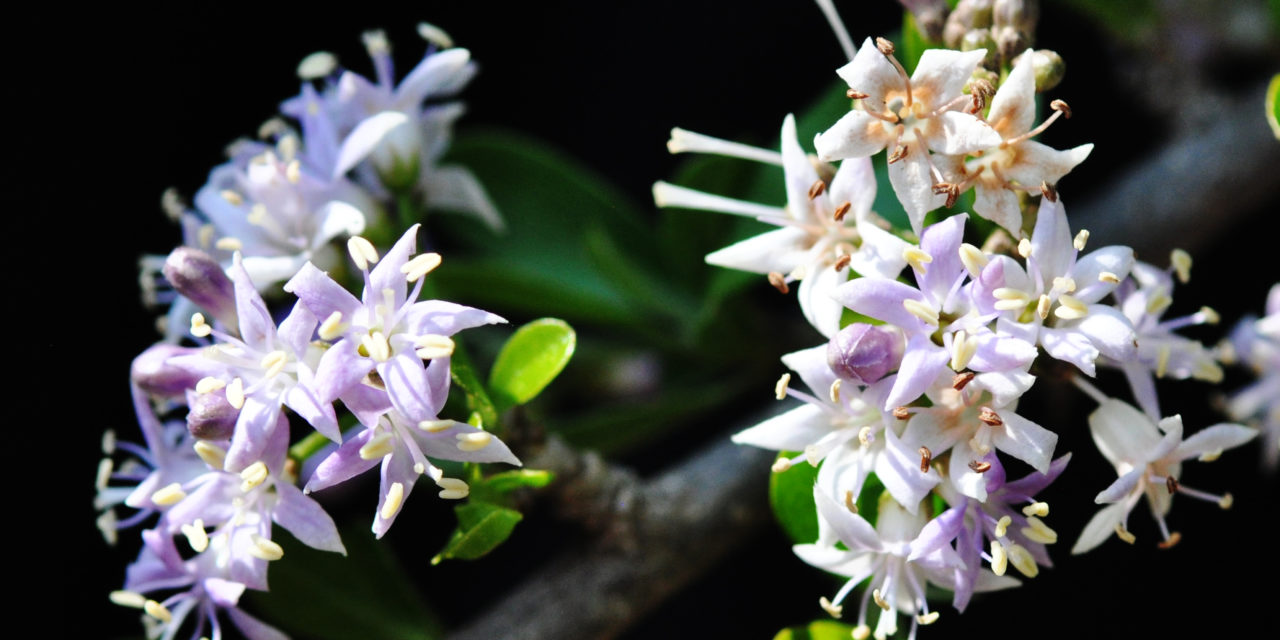
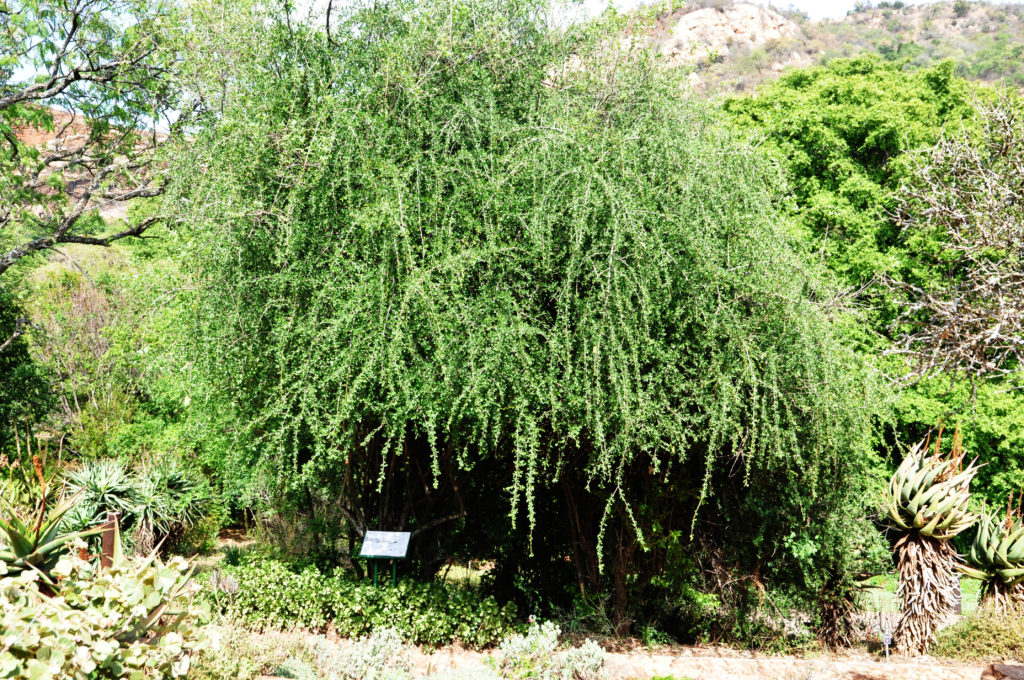
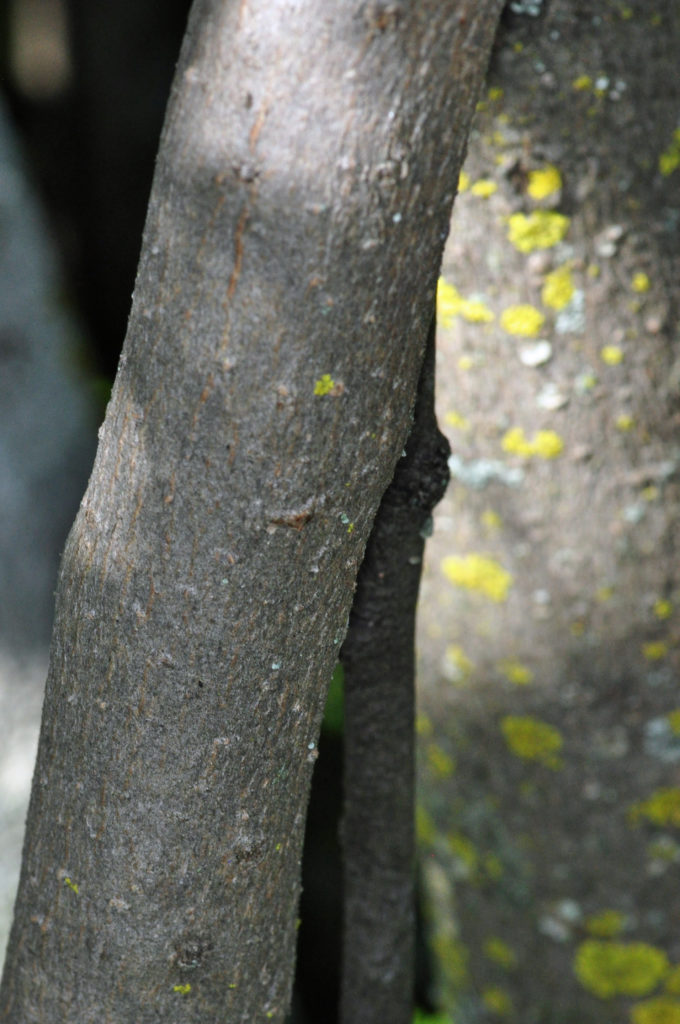
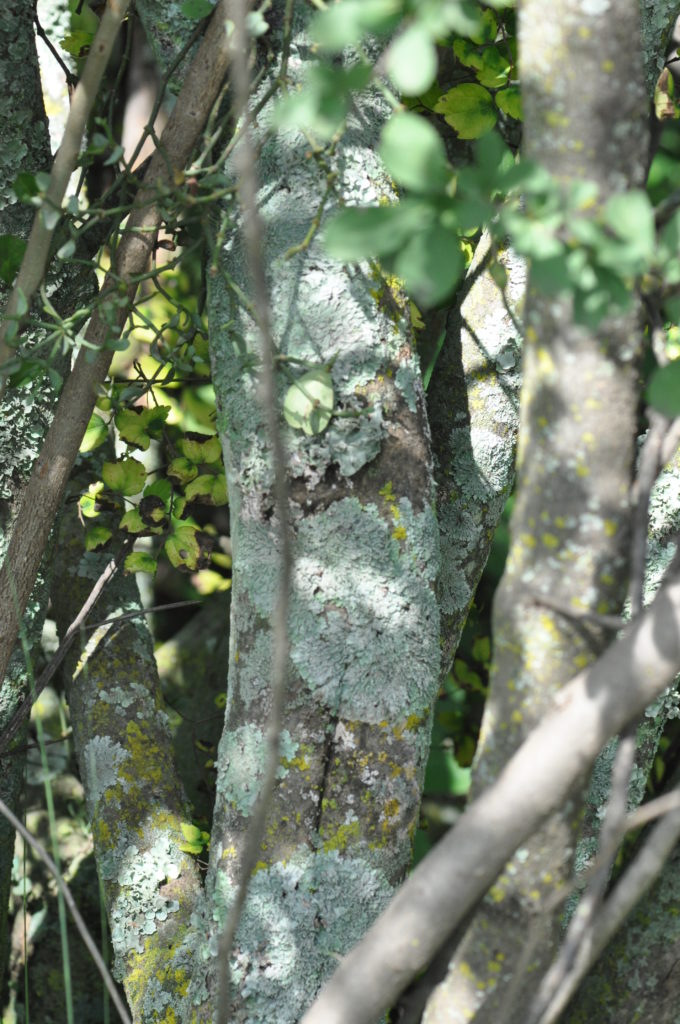
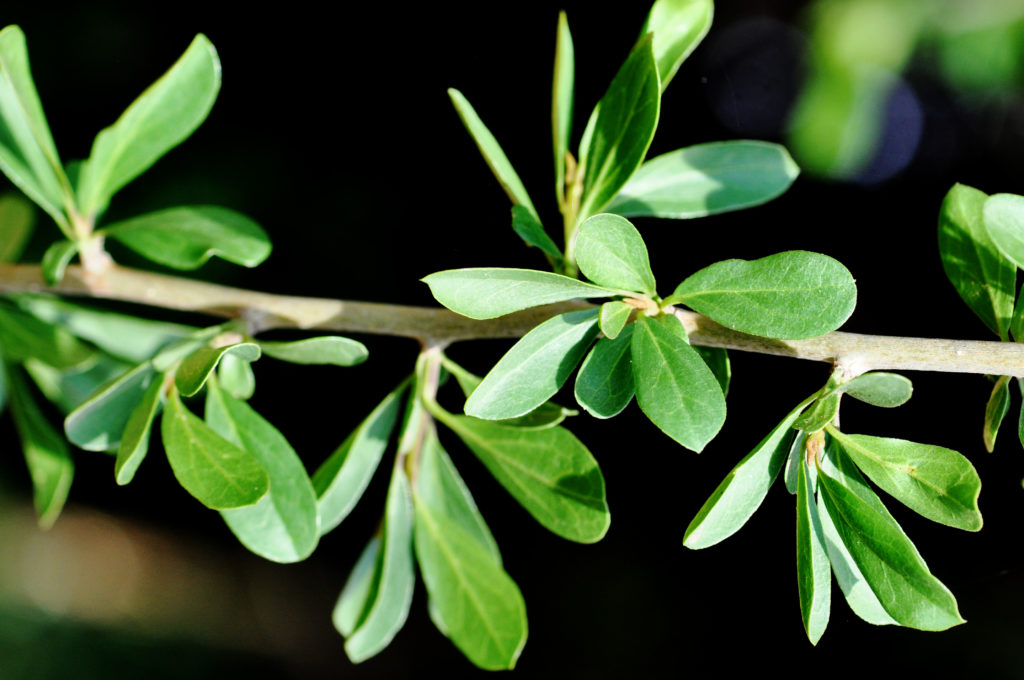
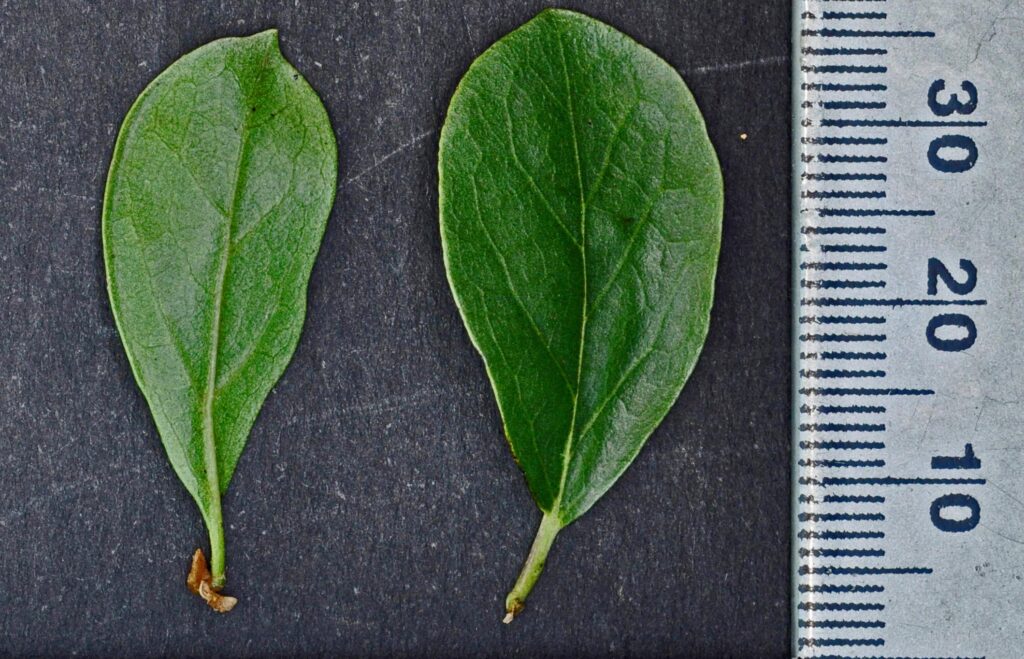
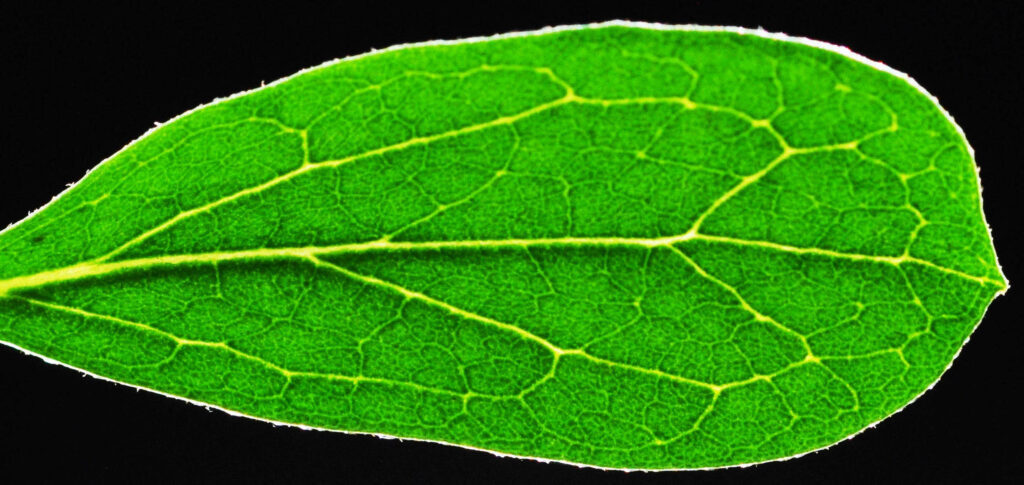
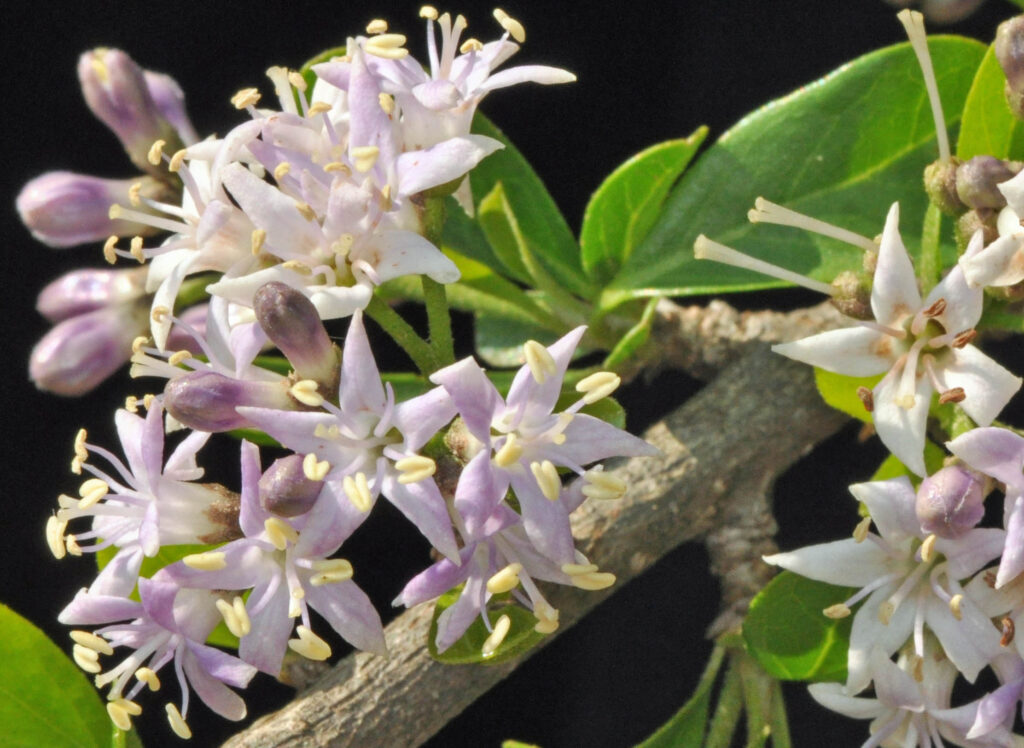
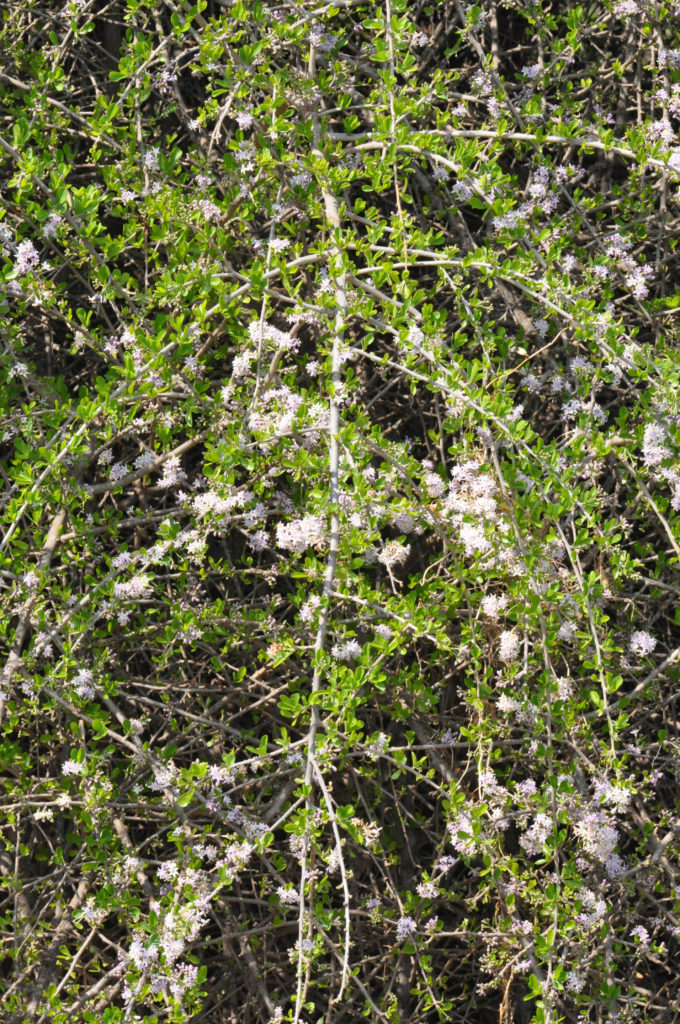
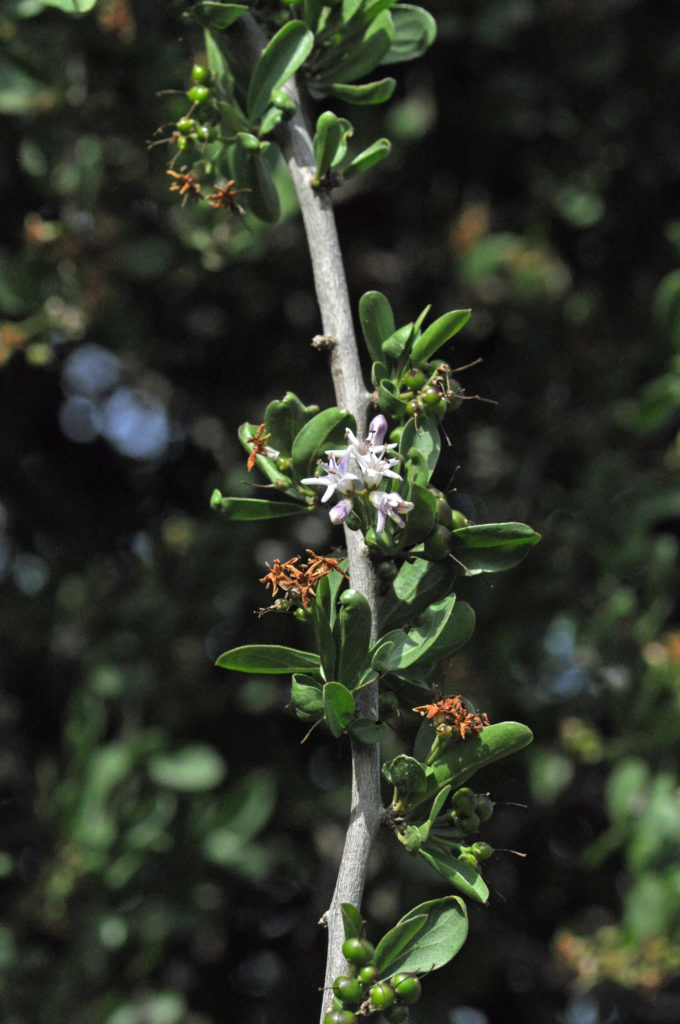
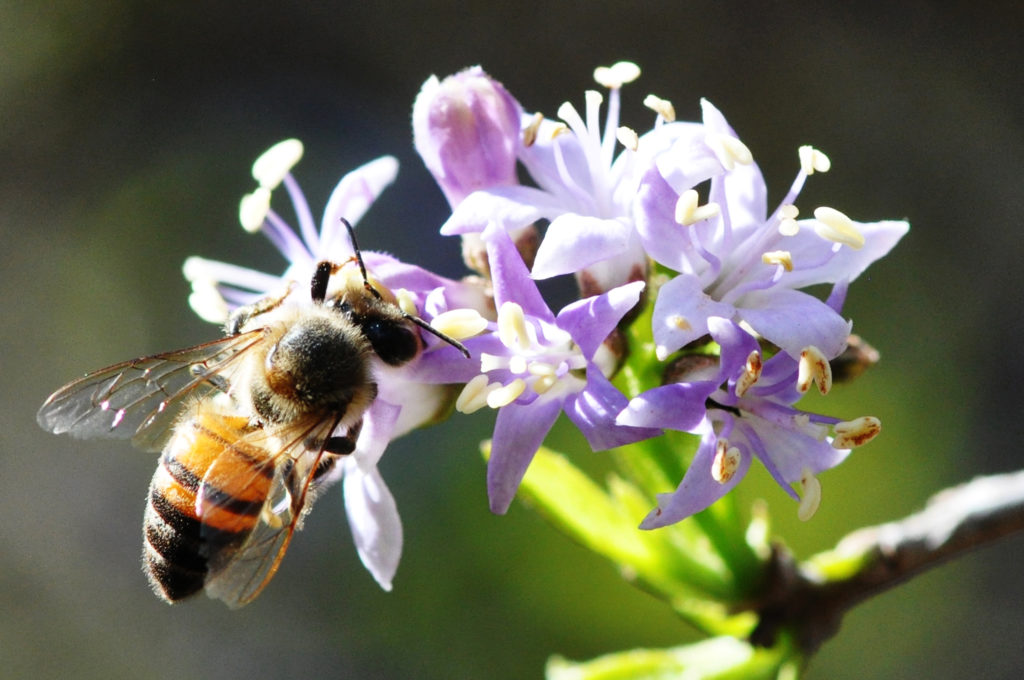
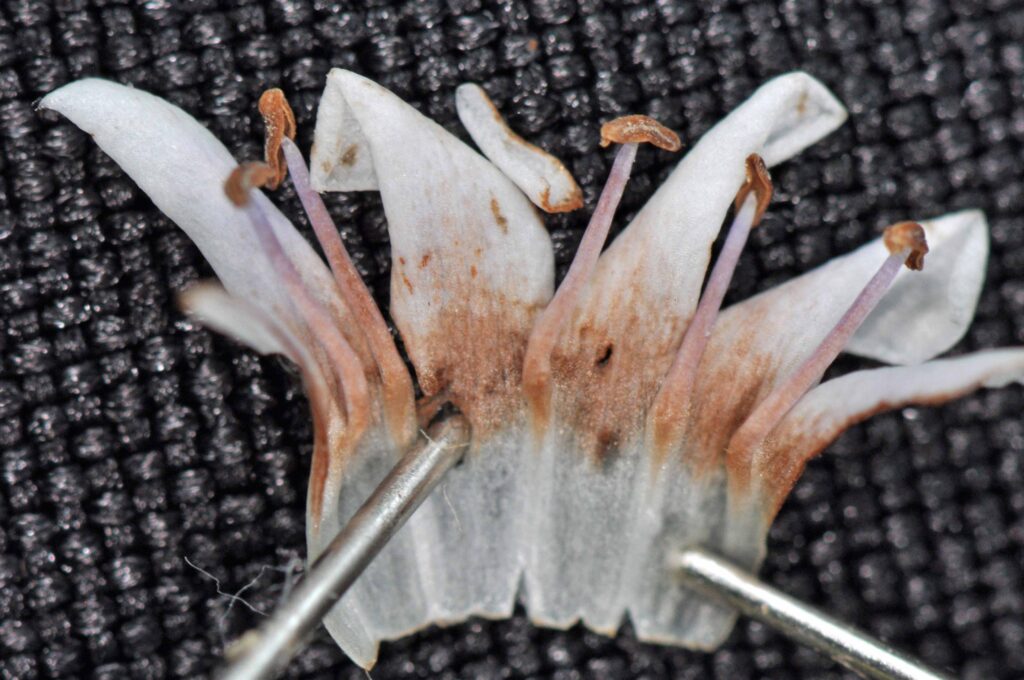
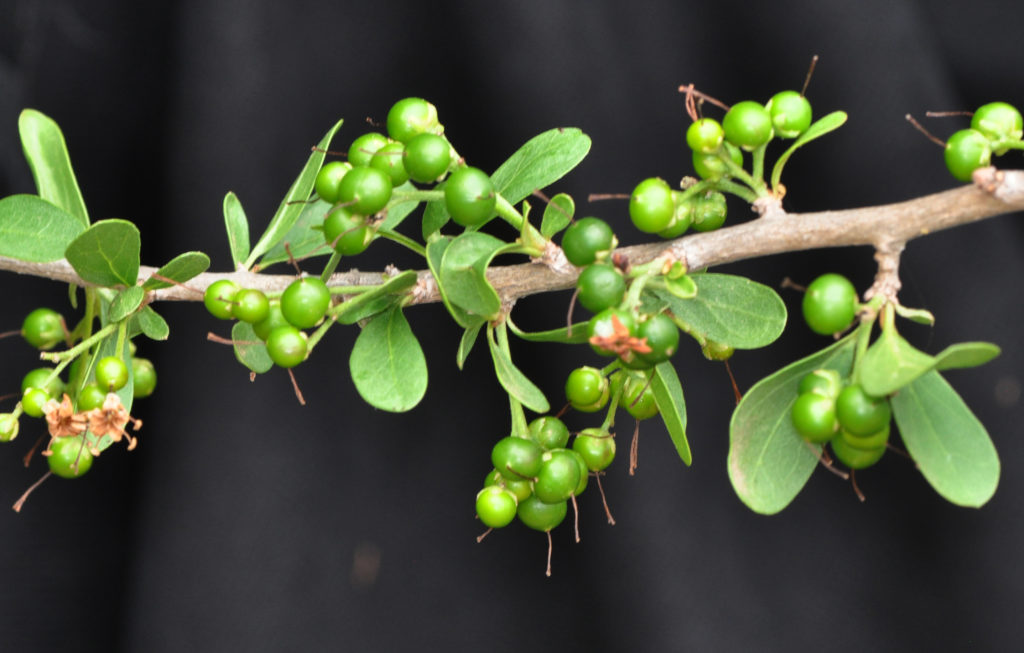
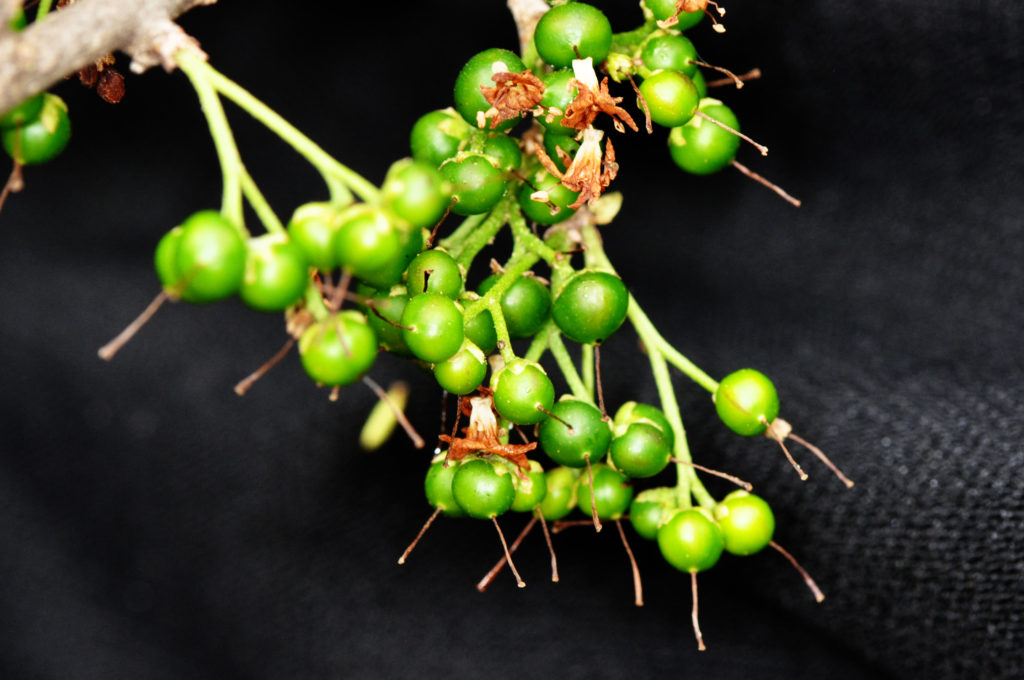
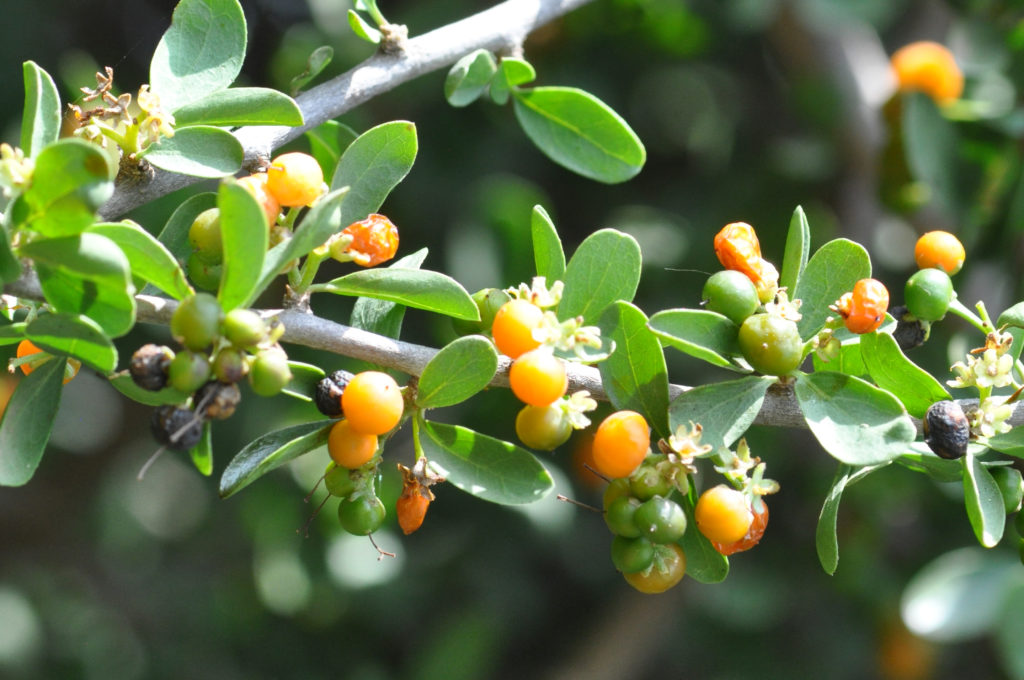
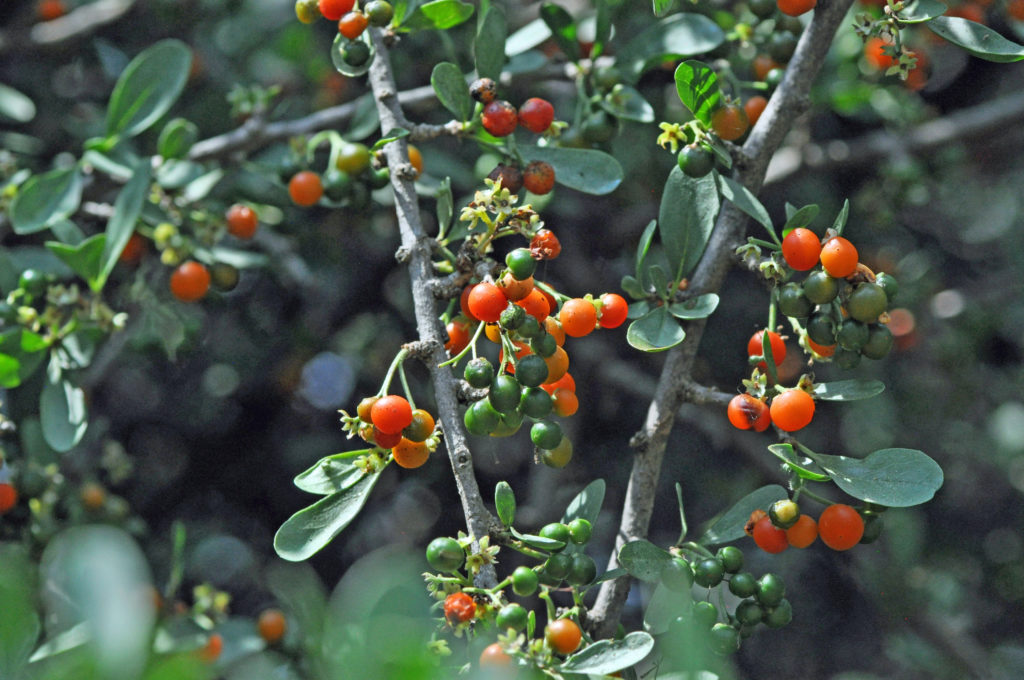

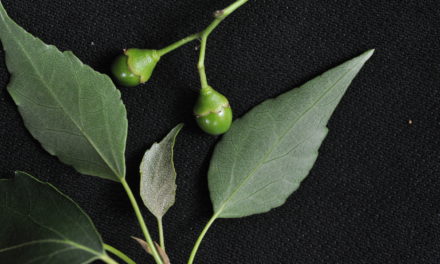
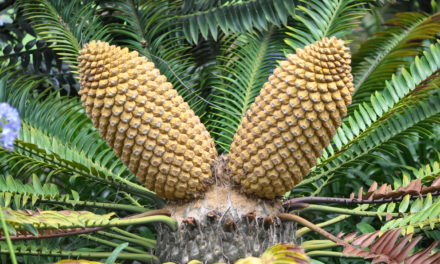
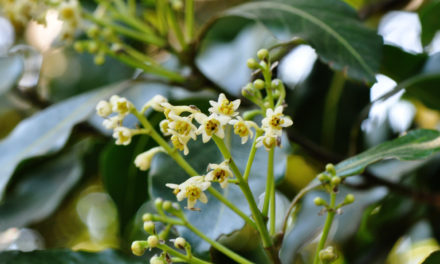
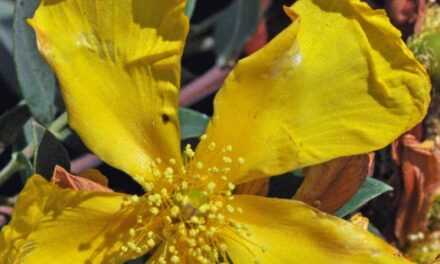
Thank you!